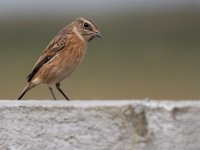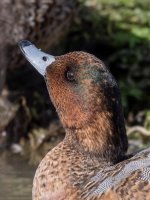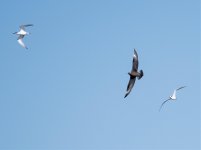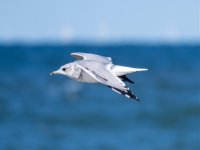vilbs
Well-known member
Hi there. So I love photography, particularly birding.
I have an EOS 7D and I purchased a Tamron 150-600. Great lens but the bulk/weight meant I wasn't taking it out as much as I should so was missing opportunities.
I then went to the other extreme, sold my lens (not the body) and bought Nikon P90. What reach! and what portability! Really love it and I take it everywhere - also love the fact that its got the built in GPS. However the 2 things I have struggled with (hence this post) is the quality and (to a lesser extent) the digital button press zoom (rather than a quick twist of the lens).
I know you can't have it all but my question is - can someone recommend a middle ground? I would happily sacrifice half of the P90s reach for a lift in quality.
Budget wise probably about £600 either for a new lens (for the 7D) or something to replace the P90. It just needs to be able to take photos in slightly gloomy British woods
Any help much appreciated!
I have an EOS 7D and I purchased a Tamron 150-600. Great lens but the bulk/weight meant I wasn't taking it out as much as I should so was missing opportunities.
I then went to the other extreme, sold my lens (not the body) and bought Nikon P90. What reach! and what portability! Really love it and I take it everywhere - also love the fact that its got the built in GPS. However the 2 things I have struggled with (hence this post) is the quality and (to a lesser extent) the digital button press zoom (rather than a quick twist of the lens).
I know you can't have it all but my question is - can someone recommend a middle ground? I would happily sacrifice half of the P90s reach for a lift in quality.
Budget wise probably about £600 either for a new lens (for the 7D) or something to replace the P90. It just needs to be able to take photos in slightly gloomy British woods
Any help much appreciated!













